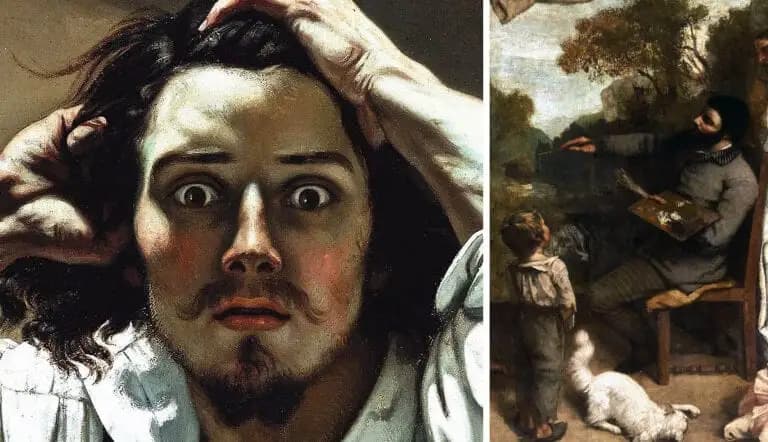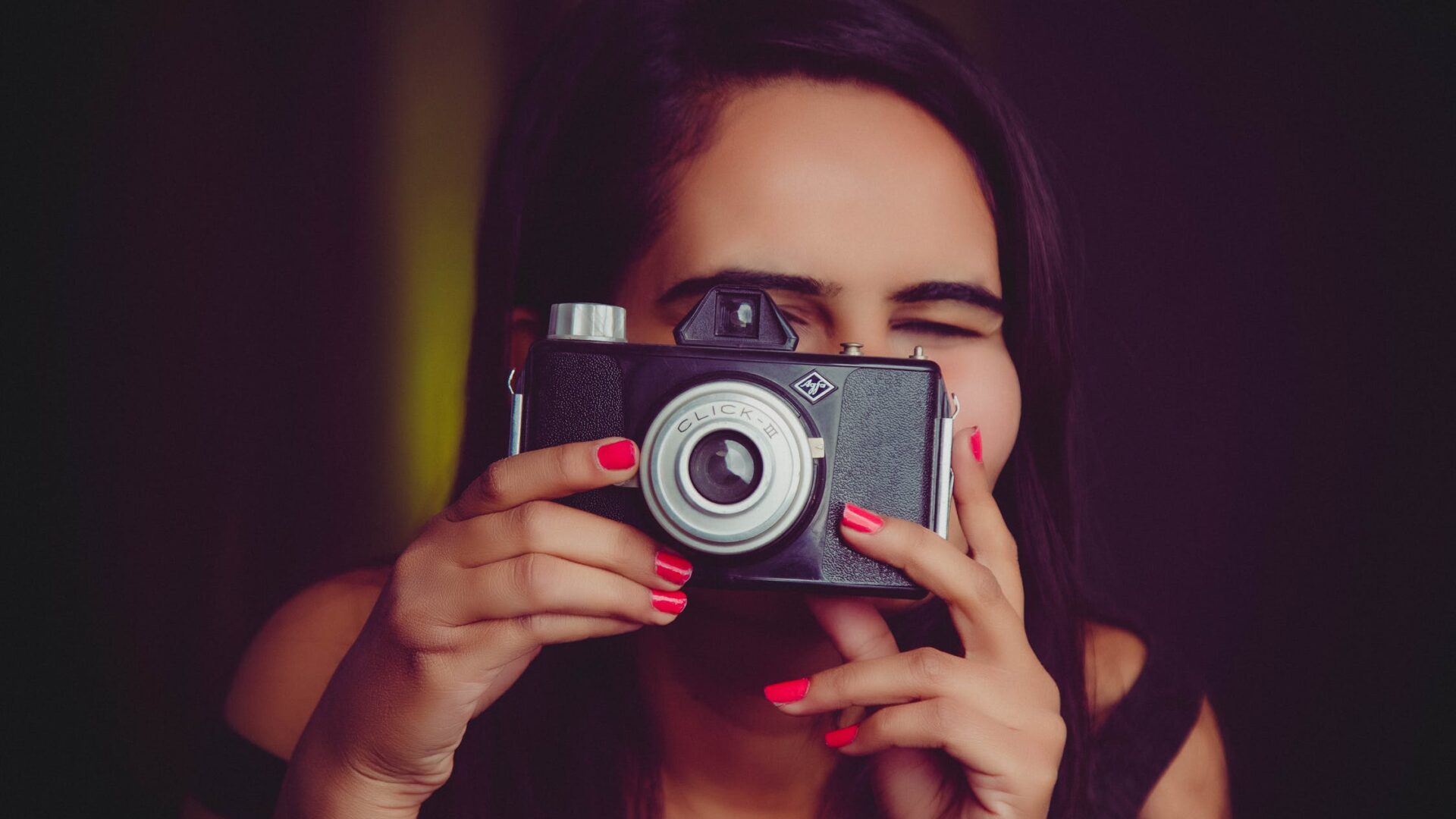It’s an intriguing distinction between traditional art and photography. While a photograph captures a moment in its unadulterated reality, a painting or drawing, no matter how precise, reflects the artist’s subjective interpretation. But does photography itself qualify as an art form? And more fundamentally, what defines art?
Subjective Bias in Interpretation
To me, art embodies a subjective interpretation influenced by the artist’s perspective. The choice of subject matter often takes a backseat; it’s the biased interpretation that injects intrigue and individuality.
Artists convey their unique vision of a scene, evoking reactions from viewers. Their task is to present a scene and translate it into a compelling form in their chosen medium.
At a glance, it’s challenging to see where photography fits into this analogy. As photographers, we are confined to capturing what lies before our lenses – our images can only depict what exists or what we can bring into existence. Consequently, it’s understandable why some may question photography’s status as an art form.
Is Photography Artistically Valuable?
Personally, I find it difficult to equate my work with that of a painter or sculptor. My drawing skills are lacking, and I lack their technical prowess.
Moreover, it’s challenging for people to perceive artistic value in photography when near-identical copies of an image can be reproduced. Unlike a painting, a photograph can’t be a unique, one-off creation (unless, of course, you print one copy and erase all traces of its existence).
With the ubiquity of digital photography, there’s a perception that anyone can snap a photo. Entry-level DSLRs are affordable, and camera companies often promote them as lifestyle accessories rather than tools of artistic expression.
Furthermore, one doesn’t even need a dedicated camera nowadays; most smartphones come equipped with capable cameras and numerous ways to instantly share images. The enchantment of a photograph diminishes when it’s hastily posted on social media mere seconds after being taken.
Undeniably, it’s challenging to justify this instant medium as ‘art’ in its truest sense.
Artistic Influence on Photography
However, despite these considerations, I maintain that certain photography can indeed be considered art. What many fail to recognize is that for many professionals, art serves as a profound influence in our craft.
Upon closer examination of landscape and portrait photography, one often discerns the subtle echoes of paintings. In my own portraiture, for instance, I frequently draw inspiration from the composition of groups depicted in paintings, as well as the captivating expressions and moods captured by artists. Thus, even before we click the shutter, the influence of art is palpable in our photography.

Blend of Technical and Artistic Proficiency
The photography I regard as art is characterized by meticulous planning and execution, showcasing both technical prowess and artistic flair. The most captivating portrait and landscape images are not merely hastily captured snapshots with a camera phone.
These are photographs where considerable time and effort have been invested in perfecting lighting, where hours may have been dedicated to setting up the scene, and where a genuine connection with the subject is evident in the final outcome – these are the images that embody artistry.
Capturing images that resonate with viewers, eliciting emotional responses akin to those evoked by traditional art, requires a skill set that transcends mere technical proficiency.
